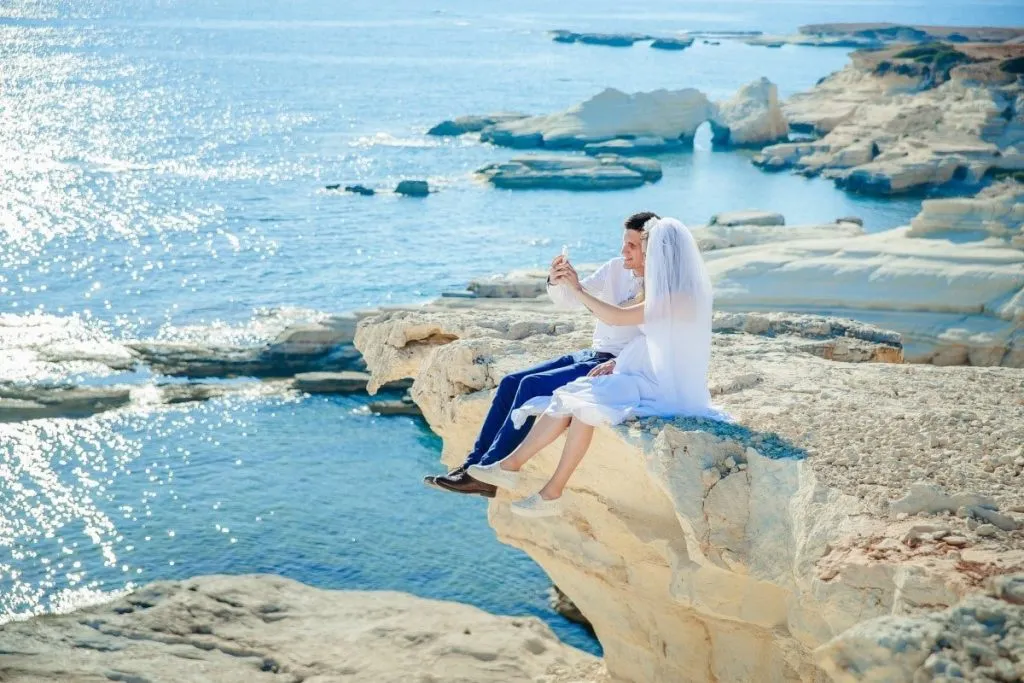The Essence of Honeymoon
The term “honeymoon” evokes images of romance, travel, and the blissful period immediately following a wedding. But where does this evocative word come from? The etymology of “honeymoon” is a fascinating journey through linguistic history, cultural traditions, and evolving social practices. Understanding its roots provides a deeper appreciation for the enduring allure of this post-wedding ritual. This exploration will uncover the rich tapestry woven around the meaning of honeymoon, offering insights into its past, present, and possible future. Delving into its origins reveals how language reflects and shapes our understanding of love, marriage, and the very human desire for a fresh start. So, let’s embark on this etymological adventure, uncovering the secrets hidden within this sweet and sentimental phrase.
The Linguistic Journey
The etymology of a word is its origin and the history of its linguistic development. In the case of “honeymoon,” this journey traces its evolution through various languages and cultural contexts. The process involves examining the word’s earliest recorded uses, its transformations over time, and the influences that shaped its current meaning. By studying the word’s linguistic ancestry, we can better understand how it came to represent the post-wedding celebration we know today. This linguistic exploration provides valuable insights into the social and cultural values that have influenced the meaning of honeymoon, linking it to concepts of sweetness, new beginnings, and the cyclical nature of time. Each step in the linguistic journey reveals a layer of meaning, adding depth to our understanding of the word and its significance in human experience.
Old English Roots

The term “honeymoon” has its roots in Old English, making its appearance in the language a key fact. The earliest use of the word combined the concepts of ‘honey’ and ‘moon.’ The ‘honey’ component likely refers to the sweetness and joy associated with the newlywed period. The ‘moon’ part, however, introduces a more complex layer of meaning. The moon’s phases, from new moon to full moon and back, symbolized the fleeting nature of time and the cyclical changes in life. This association suggests that the initial ‘honeymoon’ period, like the moon, would wane or change. The earliest recorded use of the word in this context is a crucial piece of the etymological puzzle, offering a foundation for understanding the evolution of its meaning. Tracing the origin of the word in Old English reveals how early societies conceptualized the initial period of marriage, associating it with both sweetness and a sense of temporality.
The Influence of Moon
The moon’s influence in the etymology of “honeymoon” is more than just symbolic. The lunar cycle has long been associated with time, change, and the rhythms of life. In various cultures, the moon has been linked to fertility, emotional states, and the feminine. The connection between the moon and the initial month of marriage, the time it takes for the moon to go through its phases, highlights a sense of transition and the cyclical nature of relationships. In some ancient beliefs, the honeymoon period was seen as a time of vulnerability, a time when the couple was most susceptible to unseen forces. The use of the moon in the etymology of honeymoon also suggests that the initial bliss is temporary, a phase that evolves over time. Analyzing the moon’s influence on the word provides insight into the deeper meanings of love and time.
The Honey Connection
The “honey” in “honeymoon” is a direct reference to sweetness, joy, and the pleasure associated with the early days of a marriage. Honey has been a symbol of happiness and abundance in many cultures throughout history. In various traditions, honey was consumed during wedding celebrations, representing good fortune and a wish for a sweet life together. The connection to honey also speaks to the sensory experience of the honeymoon: the joy, the intimacy, and the shared moments of delight. Honey, like the initial period of marriage, is often seen as precious and fleeting. The symbolism of honey adds a layer of warmth and sentimentality to the word “honeymoon.” It enhances our understanding of the cultural and emotional significance of the newlywed period, linking it to ideas of shared delight and the hope for a future filled with sweetness.
Mythological Interpretations

Ancient Greek Myths
Ancient Greek mythology offers fascinating insights into the rituals and meanings associated with early marriages. In Greek society, marriage was seen as a significant transition, with associated ceremonies to bless the union. Myths often depicted gods and goddesses involved in the creation and maintenance of marital bonds. The presence of honey and the moon in the ancient Greek context highlights their cultural significance. Honey was used in various rituals and celebrations, symbolizing prosperity and happiness. The moon, as in other ancient cultures, represented the cyclical nature of life, including the phases of love and relationships. Exploring the mythological interpretations of the honeymoon provides a rich understanding of ancient Greek beliefs surrounding marriage and its importance in society. It offers a lens through which we can understand the values and traditions that have shaped our modern concepts of love and commitment.
Roman Celebrations
Roman celebrations played a key role in the evolution of the honeymoon. Roman weddings were elaborate affairs, filled with rituals and feasts. The rituals included the use of honey cakes and the symbolic act of the bride and groom eating together, symbolizing unity and shared sustenance. The Romans also observed periods of rest and travel for the newly married couple, establishing a precedent for what later became the honeymoon. This ‘wandering’ allowed the couples time for themselves and was seen as an important step in establishing their new family unit. Understanding the significance of Roman celebrations provides a direct link to the modern understanding of the honeymoon as a period of transition and bonding. These historical practices continue to influence how we understand and value the post-wedding experience.
Evolution of Meaning

From Ritual to Romance
The meaning of “honeymoon” evolved from its ritualistic and symbolic roots to its contemporary romantic context. In the beginning, the honeymoon served social, and cultural functions, such as integrating the couple into the community and reinforcing the stability of the family unit. Over time, as societies changed, the emphasis shifted to romance, intimacy, and personal fulfillment. The modern honeymoon is now often viewed as a private escape, a chance for the couple to enjoy each other’s company and create lasting memories. The evolution in meaning reflects broader social and cultural shifts regarding marriage, love, and individual autonomy. This shift from a public ritual to a private celebration of love illustrates how social values and beliefs can shape the meaning of words and traditions over time. The current idea of honeymoon is more than a tradition; it’s a symbol of love.
Cultural Variations
The concept of a honeymoon varies across cultures, reflecting the diversity of marriage practices and social norms worldwide. In some cultures, the honeymoon is a highly structured affair, with specific rituals and obligations. In others, it is more informal, adapting to the preferences of the couple. Certain cultures may emphasize community involvement. The concept of a honeymoon often reflects a society’s views on love, family, and the role of the individual. Studying the cultural variations in the honeymoon reveals the richness and complexity of human traditions. It challenges the idea of a single, universal meaning, demonstrating how the honeymoon can be adapted and reinterpreted in different social contexts. Appreciating these variations helps us understand the universal desire for a happy start to the marriage.
Modern Honeymoon

Contemporary Usage
In modern times, the honeymoon is usually a getaway. Newlyweds travel to exciting destinations to enjoy each other’s company. This is a time for intimacy, relaxation, and creating memories. Contemporary usage often involves significant planning and financial investment. It has evolved to meet new priorities, such as eco-tourism, adventure travel, and personalized experiences. The modern honeymoon is seen as a celebration of love, a milestone, and a symbol of the couple’s commitment. It reflects a couple’s personal preferences and a desire for meaningful experiences. The contemporary honeymoon is a reflection of how social values and travel have changed. These changes show the evolution of the concept of honeymoon.
Future Trends
The future of the honeymoon may include changes. These include a greater focus on sustainability, personalization, and experiential travel. Eco-friendly resorts, off-the-beaten-path destinations, and unique cultural experiences may become more popular. There will also be an increased emphasis on inclusivity. Exploring these trends provides insights into the shifting values and priorities of couples. It also addresses the evolving cultural landscape of marriage and travel. The future of the honeymoon will likely continue to reflect the changing ways people celebrate love and commitment.
